- Horizonite
How Can the Role of IT in Business Drive Your Success?
Technology has ventured into every sector and aspect of life and businesses are no exception. Enterprises have started leveraging and incorporating technological tools and solutions to make work easy, scale profits, design innovative products and adapt to consumer demands. In this article, let us explore how IT is driving business management.
It includes various fields like robotics, telecommunications, instrumentation, and cybersecurity. Since it bridges the gap between hardware and software, it is considered one major driving force behind the acceleration of technology with new solutions like IoT that bring different aesthetics to the quality of life.

Streamlining business processes
Information technology has become an integral part of any business process. It automates workflows for enhanced efficiency, lesser manual intervention, and reduced errors and costs. A few IT solutions deployed in businesses are:
- Business process management software to track everyday operations
- Visual representation tools like PowerPoint to explain design flowcharts.
- Project management tools to record deadlines, etc.
- Artificial intelligence to brainstorm ideas and reduce mistakes.
- Software tools to record daily attendance or compute salaries.
Enhancing Communication
IT tools like Microsoft Teams, eMail, Whatsapp, chatbots, etc. enable smooth communication both within the business and with customers outside it. Video conferencing tools like Zoom, Google Meet, etc. enhance the customer experience by providing face-to-face interaction. This results in good client relationships and improves products based on feedback.

Data Management and Analysis
IT tools are used to manage and analyse huge data that helps in understanding market trends and consumer behavior. Platforms such as Power BI transform raw data into meaningful insights that assist businesses in making informed decisions and optimising operations.
Customer Relationship Management (CRM)
Customer relationship management (CRM) is a strategic approach to managing a company’s interactions with current and potential customers using technology and data. CRM systems enhance customer satisfaction through personalised marketing, better communication across departments, and resolving issues.
E-commerce and online presence
IT can be leveraged to create e-commerce platforms, user-friendly website development, payment security, and data analytics. It changes the customer experience through personalisation and helps businesses effectively manage surges in traffic through cloud computing. Moreover, IT helps in digital marketing through SEO, social media, targeted ads, and CRM systems to create better engagements and loyalty among customers.
Cybersecurity and Data Protection
With the rapid advancement of technology, the cases of cyberattacks are also on the rise. Hence, IT tools like firewalls, encryption, and intrusion detection systems are used as the first line of defence to strengthen security. Businesses with strong and secured networks build trust among the users.
Innovation and Product Development
Information technology tools use data analytics, machine learning, and cloud computing to better understand customers’ needs and market trends and help in coming up with innovative solutions and products. It provides brainstorming ideas and brings down R&D costs and time.

Supply Chain Management
With the use of IT data sharing, automation, and communication in real-time has become easy. These programs provide full-cycle information flow between the supplier, manufacturer, distributor, and retailer, which helps in demand forecasting, inventory management, and production scheduling. IoT, RFID, and blockchain provide trackability and traceability to facilitate on-time delivery with better quality. Automated processes and advanced analytics make it possible for swift decision-making, minimalistic manual errors, and reduced operation costs.
Financial Management and Reporting
IT tools strongly enhance the accuracy of financial reporting and management, which are essential for organisational success. An enterprise resource planning system, like SAP or Oracle, integrates organisational financial data across departments and improves accuracy. On the other hand, business intelligence tools such as Power BI and Tableau enable advanced analysis and visualisation that facilitate decision-making.
Human Resources and Talent Management
IT solutions like applicant tracking systems speed up recruiting and automate the processes of job posting, resume screening, and communication with applicants to reduce time to hire; HR software is used to organise vast amounts of data regarding employees, performance metrics, and development plans for effective performance management. IT tools further boost employee retention by incorporating engagement, feedback, and career development features.
Marketing and Advertising
IT has transformed digital marketing from a generic approach to more of an advanced and personalised approach. Advanced analytics track and record consumer behaviour in real time to allow for optimisation of ad placements and content. Automation platforms increase campaign efficiency, and machine learning predicts trends and consumer preferences for more targeted marketing.
Let us have a look over some other IT tools and their applications to drive businesses:
IT tool | Applications/ Benefits | Examples |
|
| PowerBI Tableau |
|
| LogicGate SAP
|
|
| Carbonite Acronics |
|
| AWS Auto Scaling Kubernetes |
|
| Amazon Web Services Microsoft Azure Google Cloud |
|
| Power BI Python Apache Hadoop |

Conclusion
IT is an important factor in business for increasing efficiency, lowering costs, and enhancing decision-making. IT would enhance productivity and reduce operational costs because of automation and process rationalization. Advanced data analytics tools give real-time insights that may guide better strategy formulation and responsiveness towards the market. IT allows for innovation, drives digital transformation, and offers customised services to enhance the customer experience.
FAQ's
Five key IT functions are:
1) Data management—storing and retrieving information,
2) Communication—providing for interactions,
3) Security—protecting data,
4) Processing—executing tasks and calculations, and
5) Support—maintaining and troubleshooting systems and applications
An IT-based business mainly relies on information technology for its core operations, products, or services. Such a business model utilises technology to provide solutions, bring about efficiency, or innovate in its market. Very often, a business involved in information technology pays more attention to software development, IT services, or technical support.
B2B in IT simply means transactions and relationships between businesses. For instance, software houses sell products to other companies. In contrast, under B2C, businesses sell directly to individual consumers.






